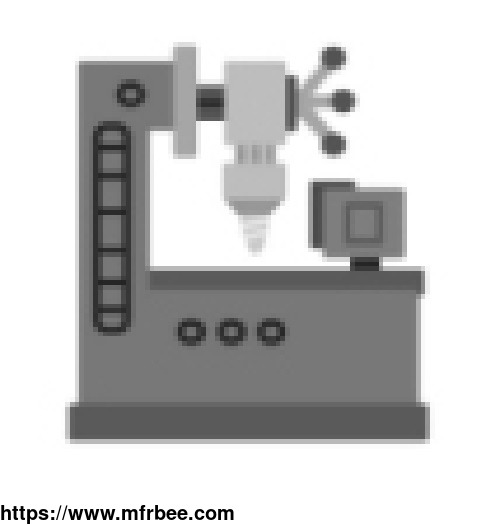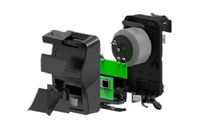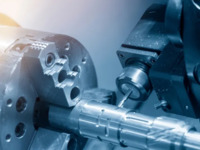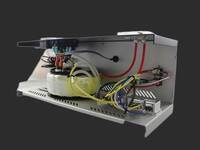3D Printing
Quick Detail
- FOB Price : USD $100.00 / Piece
- Minimum order:1
- Place of Origin:china
Specifications
3D printing is a technology that builds objects based on digital model files, using bondable materials such as powdered metal or plastic, and printing them layer by layer.
The printed content comes from 3D models or other electronic data, and the printed 3D objects can have any shape and geometric characteristics.
3D printing uses computer-aided design (CAD) to create three-dimensional objects through a layered method. Starting from the production of graphic models of the objects to be printed, these are
usually designed using computer-aided design (CAD) software packages. Import the files to the 3D printer, and then the 3D printer will complete the work.
The Benefits Of Using 3D Printing In Your Product Design
Rapid Prototyping
3D printing service can manufacture parts within hours. When compared to machining prototypes, 3D printing is inexpensive and quicker at creating parts as the part can be finished in hours.
Print on Demand
Print on demand is another advantage as it doesn\'t need a lot of space to stock inventory, unlike traditional manufacturing processes. This saves space and costs as there is no need to print in
bulk unless required.
Flexible Design
custom 3d printing services allows for the design and print of more complex designs than traditional manufacturing processes.
Cost Effective
As a single step manufacturing process, china 3d printing service saves time and therefore costs associated with using different machines for manufacture. 3D printers can also be set up and left to
get on with the job, meaning that there is no need for operators to be present the entire time. As mentioned above, this manufacturing process can also reduce costs on materials as it only uses the
amount of material required for the part itself, with little or no wastage. While 3D printing equipment can be expensive to buy, you can even avoid this cost by outsourcing your project to a 3D
printing service company.
Minimising Waste
The production of parts only requires the materials needed for the part itself, with little or no wastage as compared to alternative methods which are cut from large chunks of non-recyclable
materials. Not only does the process save on resources but it also reduces the cost of the materials being used.
How Does 3D Printing Work?
It all starts with a 3D model. You can opt to create one from the ground up or download it from a 3D library.
3D Software
There are many different software tools available. From industrial grade to open source. We’ve created an overview on our 3D software page.
We often recommend beginners to start with Tinkercad. Tinkercad is free and works in your browser, you don’t have to install it on your computer. Tinkercad offers beginner lessons and has a
built-in feature to export your model as a printable file e.g . STL or. OBJ.
Now that you have a printable file, the next step is to prepare it for your 3D printer. This is called slicing.
Slicing: From printable file to 3D Printer
Slicing basically means slicing up a 3D model into hundreds or thousands of layers and is done with slicing software.
When your file is sliced, it\'s ready for your 3D printer. Feeding the file to your printer can be done via USB, SD or Wi-Fi. Your sliced file is now ready to be 3D printed layer by layer.
Examples of 3D Printing
Adoption of 3d printing manufacturing has reached critical mass as those who have yet to integrate additive manufacturing somewhere in their supply chain are now part of an ever-shrinking minority.
Where 3D printing was only suitable for prototyping and one-off manufacturing in the early stages, it is now rapidly transforming into a production technology.
Most of the current demand for 3D printing is industrial in nature. Acumen Research and Consulting forecasts the global 3D printing market to reach $41 billion by 2026.
As it evolves, 3D printing technology is destined to transform almost every major industry and change the way we live, work, and play in the future.
3D printing encompasses many forms of technologies and materials as 3D printing is being used in almost all industries you could think of. It’s important to see it as a cluster of diverse
industries with a myriad of different applications.
A few examples:
consumer products
industrial products
architectural scale models & maquettes
reconstructing fossils
replicating ancient artefacts
reconstructing evidence in forensic pathology
There are many custom 3d printing companies, but we are one of the best choices for you.
For more information about contract manufacturing and circuit board assembly, please feel free to contact us!





